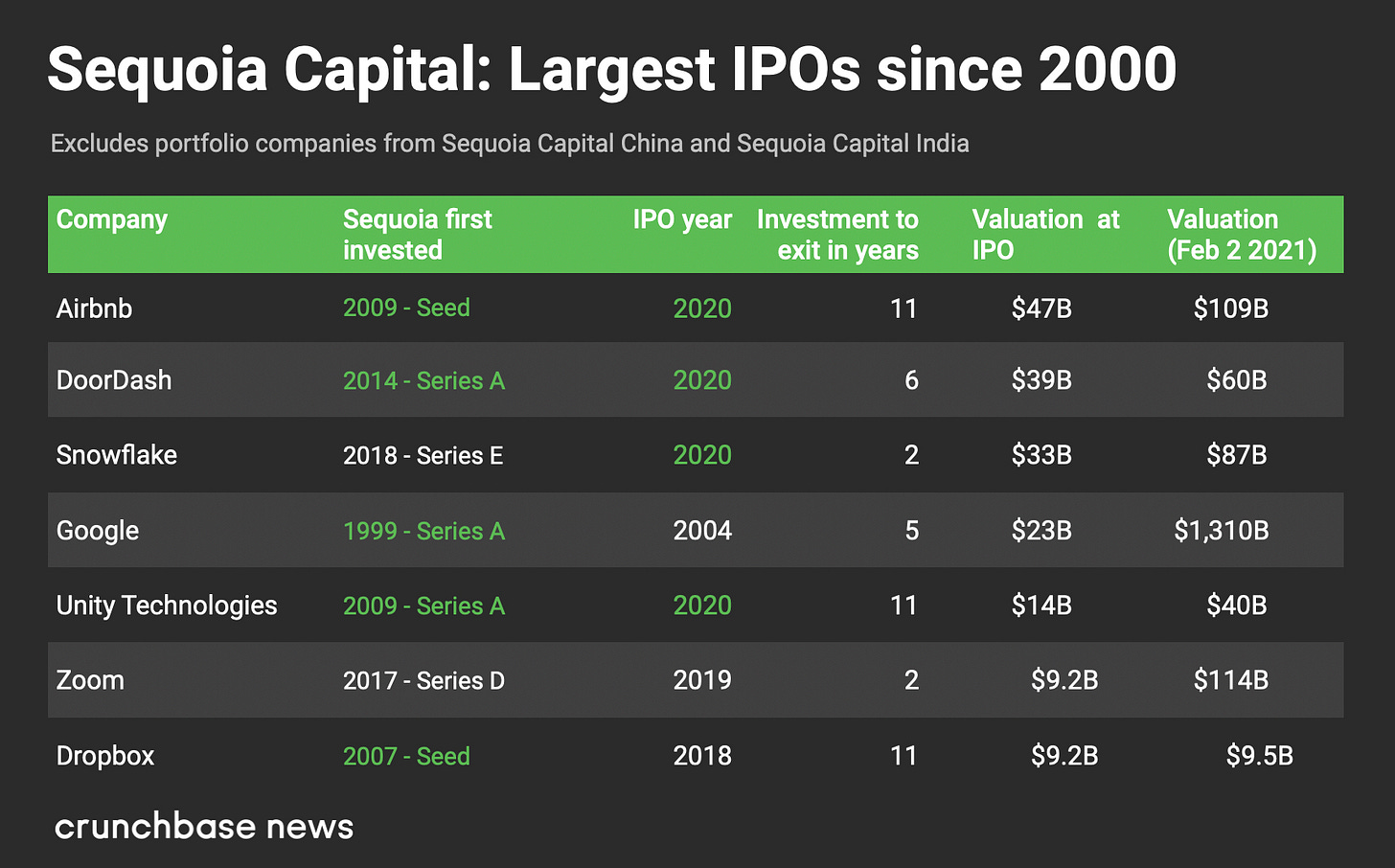Welcome to Money Buff! Feel free to check out my other posts, and follow me on Twitter for more regular thoughts! For more about the hows and whys of investing, subscribe here:
Harmon Killebrew was a fearsome slugger whose hitting power defined his career. He was known for "tape measure" home runs that left ballparks seemingly in the blink of an eye.
Killebrew was inducted into the Baseball Hall of Fame with a batting average 6 percent lower than the historic league-wide average.
How does a player with a mediocre batting average make it into the Hall of Fame?
To understand where his outperformance came from we have to look at slugging percentage. Killebrew’s was an astounding 35 percent higher than the historic league-wide average.
For batting average, all hits are worth the same. While slugging percentage accounts for extra-base hits — doubles, triples, home runs. Batting average measures frequency, slugging percentage measures magnitude.
What does this have to do with investing? In the words of George Soros:
It's not whether you're right or wrong, but how much money you make when you're right and how much you lose when you're wrong.
Investing in index funds is an example of a low slugging percentage strategy that is dependable enough. You only have to swing once and the fund racks up small wins over time. When a stock in the fund grows 10x, its impact on the fund’s performance is diminished because of diversification. Risk is averted, but upside is limited.
In his book Antifragile: Things That Gain From Disorder, Nassim Taleb offers a way to not only reduce downside risk but also boost slugging percentage.
The Barbell Strategy
“I initially used the image of the barbell to describe a dual attitude of playing it safe in some areas and taking a lot of small risks in others. That is extreme risk aversion on one side and extreme risk loving on the other, rather than just the “medium” or the beastly “moderate” risk attitude that in fact is a sucker game (because medium risks can be subjected to huge measurement errors). But the barbell also results, because of its construction, in the reduction of downside risk — the elimination of the risk of ruin.”
The strategy advocates putting most capital into very low-risk investments (index funds, cash, gold, savings accounts, bonds). The reward is low but you are protected from total ruin.
The remaining capital is placed into very high-risk investments that offer a chance to win big (startups, growth stocks, IPOs, crypto). You can't lose more than you invested, and you can potentially make 10x, 100x, or even 1000x.
A wild phenomenon in investing is that you can be wrong a lot and still do well. Venture capital returns typically follow a power law: a very small number of investments generate a majority of a firm’s returns. Sequoia, one of the most successful venture capital firms, has a 21 percent success rate. Yet their track record is outstanding:
The barbell strategy is all about risk aversion on one end and risk loving on the other. A combination of paranoia and aggressiveness. Taleb avoids the middle and argues that not only is risk incomputable here, but it’s also not providing noteworthy upside. The middle is passable but not very good. Or as the kids say, “mid”.
From a career perspective, someone could work 80-hour weeks and then receive a 3% raise at the end of the year — all the while not having time for anything else, and facing a non-negligible risk of being fired at any point. That person is hindered by minimal upside, limitations, and unknown risk.
On Twitter, the middle takes shape in the form of engagement-bait threads. In SaaS, it’s optimizing for minuscule gains in conversion rate. These tactics might bring a little progress, which is why people do it, but they offer little upside.
Let’s move up the barbell. Apple’s core product is the iPhone. The company plays it safe and doesn’t innovate much here, or within their other ‘safe’ products. Meanwhile, Apple is building a self-driving car and a virtual reality headset. Dependable iPhone investments allow the company to place small, speculative bets on the future.
Investing using the barbell strategy can be applied to many areas:
Balance a safe and less demanding job with a risky side project (writing, entrepreneurship, music, art). You can still put food on the table while having time to pursue something that generates upside.
Spend most of your social time with friends and family, but leave a little time for random meetups. Whether it’s a future business partner, spouse, or mentor — you never know who you’ll meet.
Browsing the internet exposes us to serendipity. At any moment you could discover a breakthrough idea or opportunity. But it’s risky to devote a lot of time to it. You can’t use technology without technology using some piece of you.
These are asymmetric bets that have the potential to go up a lot more than they can go down. Find ways to protect yourself from total ruin. At the same time, take some risks that might lead to big wins.
Investment returns are non-linear, especially at the extreme ends. The opportunities that arise from exposure to randomness may be the ones that make all the difference. Harmon Killebrew’s batting average was safe enough to stay on the roster. But thanks to his uppercut swing, slugging percentage was what made him a Hall of Famer.
Let’s take some risks.
- Sam





